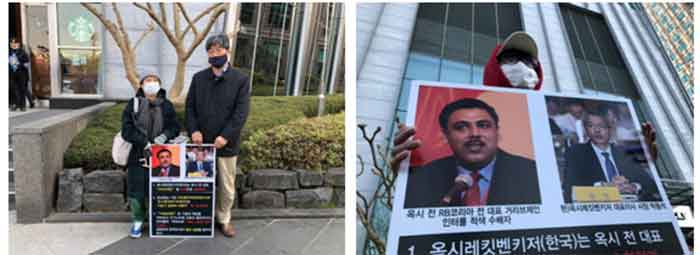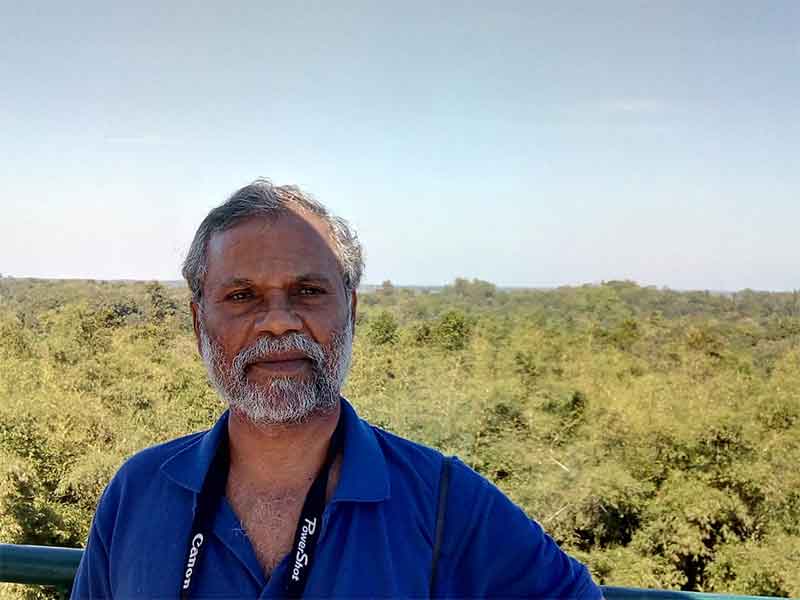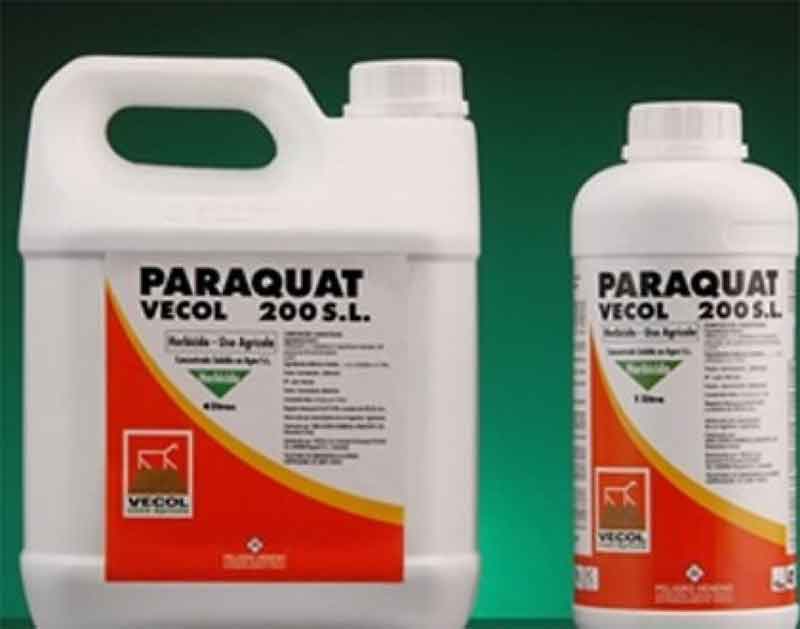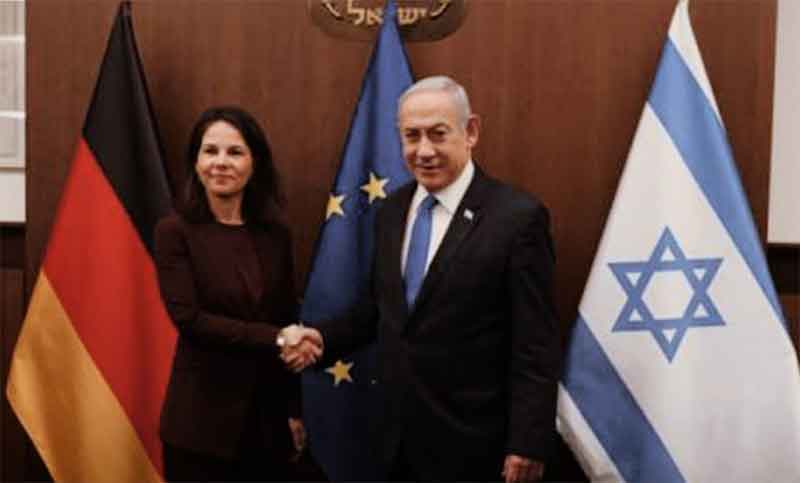In 2016, when CEO Ata Safdar of Reckitt Benckiser, a UK-based firm, offered an apology to all those who had been affected by a toxic product that his firm sold in South Korea, an angry relative of one of the victims slapped him – an act caught on camera. RB’s toxic humidifier disinfectant had caused over 1,500 deaths, many of them babies. The product was banned in 2011, after having been marketed for several years. RB may not be a name that rings a bell in India. Products the firm manufactures however, like disinfectants Dettol and Harpic – are widely used in urban households.
In all these years, victims of the poisoning await justice in South Korea. The topmost officials of the firm who are wanted by South Korean prosecutors have not complied with the law. Humidifiers are never used in India – in South Korea and other cold countries as indoor moisture is reduced in winter, a device is used to keep moisture levels in rooms pleasant. This device sprays water into the air. To keep the water in the device free of bacteria and fungi, a disinfectant was added – that was the source of the poisoning, it was later discovered.
Among those wanted by prosecutors for the deaths from humidifier disinfectant poisoning is Indian Gaurav Jain, who served as CEO of RB in South Korea at the time the poisonous substance was sold. Jain has flatly refused to join the process of investigation.
“We protect, heal and nurture in the relentless pursuit of a cleaner and healthier world,” says the website of RB. This bid for an unnatural ‘cleanliness’, however, endangers not just bacteria and fungi but human life as well. Oxy Humidifier Sanitizer (HS), which this firm sold, took at least 1,500 lives over several years. Over 7,000 people were affected, according to the website ‘Healthrelief”. (Available here in Korean: https://www.healthrelief.or.kr/home/content/stats01/view.do)
The disinfectant was first introduced in 1994. A local firm called Oxy which manufactured it was acquired by RB in 2001. The humidifier disinfectant caused tiny nano particles to be released into the air, inducing lung disease.
Eunjoo Ahn, among those affected, said, “I was a professional volleyball player. I used Oxy ‘Ssakssak’ at home and grew short of breath. It grew so bad in 2008 that I collapsed. As my condition worsened, I needed lung transplant – I have been through surgery twice, in 2015 and 2020. Despite long spells in hospital, the breathing difficulties continue. RB destroyed my life and my family. My wife left. My two children now do not have the protection of a mother.”
Domyung Paek, professor of public health at Seoul National University said, “Humidifiers pump water droplets into the air and nothing should be added to the water. Regardless of whether it was ignorance, negligence or greed, RB’s decision to sell such products should be reviewed and judged, so this kind of disaster is never repeated anywhere in the world.”
Although RB has acknowledged “how tragic this situation is” and has vowed to work towards putting things right in South Korea, it has done little to abide by the law and stand trial.
At the time of the introduction of the humidifier for the first time in the 1990s, there were few tests to examine whether it was safe. The market for the product grew rapidly, and as many as 43 different South Korean and international brands were marketing these disinfectants by the year 2011.
Between 2006 and 2011, there was an outbreak of severe lung disease among children in South Korea – a probe into the probable cause of the disease led to the discovery of the toxicity of Polyhexamethylene guanidine (PHMG) which was used for its potent action against bacteria and fungi in humidifiers. When it is inhaled, however, it causes harm to human lungs too, especially children’s lungs, inducing pulmonary fibrosis. It was clear that the children’s health was affected by an “environmentally induced disorder”.
By the spring of 2011, doctors alerted authorities to several cases of atypical lung injury among young, pregnant women. An environmental threat was suspected. Studies showed that regular addition of disinfectant to the water tanks of room humidifiers significantly increased the risk of such lung disease. Infants were more susceptible to lung damage through it, and the disease spiked in winter, when humidifiers were more commonly used.
Other toxic chemicals Chloromethyl isothiazolinon (CMIT/MIT), Benzylammonium chloride (BKC) and Oligo (2) ethoxyethoxyethyl guanidine hydrochloride (PGH) were also found in the humidifier disinfectants. One brand held about 80 per cent of the market share for these products in South Korea, RB.
Experiments showed that rats exposed to these disinfectants died in seven weeks. In the winter of 2011, the South Korean government banned the use of the humidifier disinfectants. Even though RB has accepted the enormity of the problem and apologized, its top management has so far dodged the law.
Research into this poisoning was conducted in 2013 by a team of scientists attached to the Korean Centre for Disease Control, whose work was later published under the title ‘Nationwide Study of Humidifier Disinfectant Lung Injury in South Korea, 1994-2011’.
The scientists traced 433 cases; 307 of the affected persons studied were alive, they noted also cases of 126 who had died and spoke with families of the deceased. The earliest case they found was from 2002, and they noted in their paper that the cases then “increased exponentially” until 2011. Frequency of use of the disinfectant, and the quantity of it used each time had a clear link with the severity of the impact on the lungs.
While the infants who were exposed had the highest mortality rate, the adults exposed too had long-term health effects that continue to be monitored. There was also improved lung function in some of the affected though it not yet clearly understood why in some cases the damage could be reversed.
South Korea government studies established that the humidifier disinfectants caused about 10 different health impacts, from severe respiratory disease to fetal damage. As of November 2020, over 6,900 cases were registered, and over 1,570 have died. Over 80% of all registered cases have used RB products. (Source – https://www.healthrelief.or.kr/home/content/stats01/view.do)
In 2015, United Nations Special Rapporteur for Toxics, Mr Baskut Tuncak investigated this matter and noted that RB held 80 per cent of the market share for this product in South Korea, but failed to ensure safety.
Health concerns: Product not sold in Europe
What was striking was that the toxic product was not sold in Europe, on account of safety concerns. With regulations being rather more lax in South Korea, the product was allowed to affect the population.
UN’s Tuncak noted the need for a comprehensive global framework to protect human health from a toxic environment, and observed also that injustices resulted from divergent standards adopted in different parts of the world.
Even as the then CEO of RB has escaped the law, other officials who served RB in South Korea at the time are currently serving out jail sentences. Even in November 2019, South Korean officials involved in the probe sought to meet Jain in India; he refused. In November 2020, a small group of victims protested, carrying photographs of Jain and seeking justice.

LG Chemical: Korean nationals wanted in India for Styrene gas leak deaths of May 2020
Jain is not the only CEO to have escaped the law. Korean national Rho Kuk-rae is wanted by Indian law enforcement agencies. He was the head of the support team of LG Chemical from where the leak of toxic styrene gas on May 7, 2020 caused 15 deaths at Andhra Pradesh’s Vishakapatnam. Rho Kuk-rae returned home after this tragedy; Shin Hak-cheol, CEO of LG Chemical, never visited India after that tragedy.
A high power government committee submitted its probe report in this case in July 2020, blaming the firm for negligence that caused the leak. Civil society groups have called for the South Korean firm’s management to be held responsible, but no action has yet been taken against them.
Countercurrents wrote an email to RB seeking a response on why Gaurav Jain was not cooperating with prosecutors in South Korea. No response was received. Activist Yeyong Choi, director of Asian Citizens’ Centre for Environment and Health, who has also served as a member of the government team that investigated RB, said, “RB should have Gaurav Jain attend the South Korean government’s investigation and express sincere apology. Otherwise, we will organize a campaign to boycott RB products.”
Rosamma Thomas is a freelance journalist
GET COUNTERCURRENTS DAILY NEWSLETTER STRAIGHT TO YOUR INBOX















































